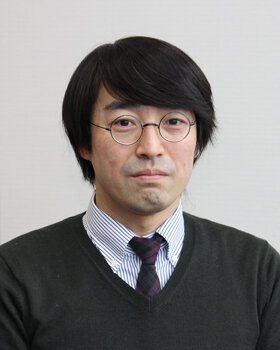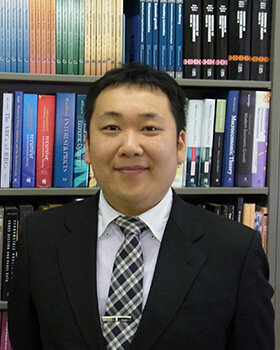WP Global Economy 2020.08.26
Working Paper(20-006E)What drives fluctuations of labor wedge and business cycles? Evidence from Japan
Economic Theory
It is well known that the labor wedge worsens in the recessions. The main research of this study are as follows. (i) What is the main driving force of the labor wedge? (ii) Is the main driver of the labor wedge the same as that of business cycles? In this study, we analyze which structural shocks drive the fluctuation of the labor wedge and business cycles using a canonical medium-scale dynamic stochastic general equilibrium model with nominal and real frictions. The model is estimated using Japanese data. One of the novel features of this study is our estimation strategy. In standard Bayesian estimation, the prior distribution of the parameters for the standard deviations of the structural shocks is inverse gamma, which does not support zero value and assumes the existence of structural shocks.
On the contrary, we employ a more flexible prior distribution of the parameters for the standard deviations of structural shocks to allow the non-existence of structural shocks. Under the standard prior distribution, the estimation results imply that the labor wedge is mainly driven by preference and transitory technology shocks, whereas the investment adjustment cost shock is the most important for the business cycle fluctuations. However, under our relaxed prior distribution, which allows the non-existence of structural shocks, the estimation results imply that both the labor wedge and the business cycles are mainly driven by permanent technology and investment adjustment cost shocks.


